Technical Brief: Promoting Synergies Between Climate Change Adaptation and Biodiversity
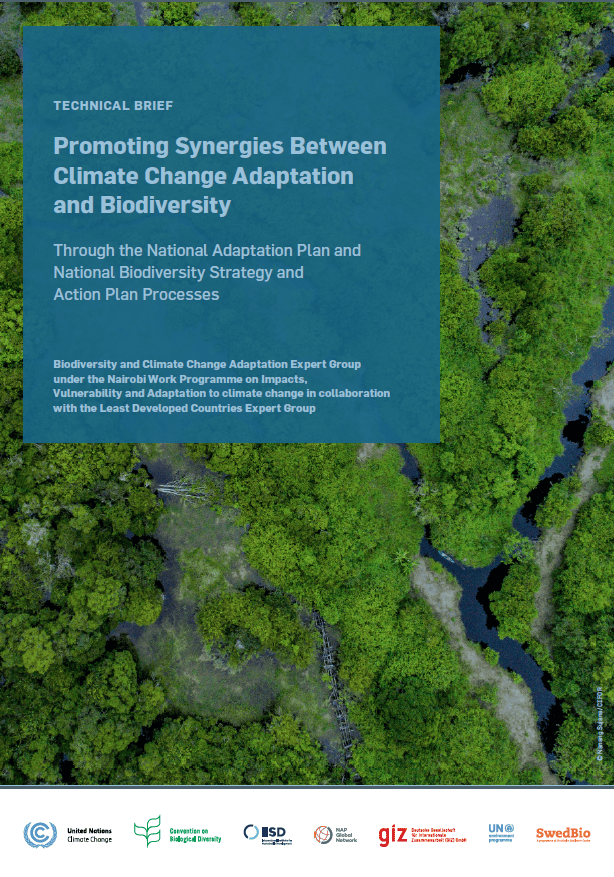
The technical summary presents a framework that highlights common elements in the adaptation and biodiversity planning process and provides insights into relevant case studies from different countries that illustrate key lessons learned and best practices. These could be applied or inspire the revision, formulation and implementation of the National Adaptation Plans (NAPs) and National Biodiversity Strategy and Action Plan Processes (NBSAPs), to promote synergies and efficient resource allocation.
Briefing: Impact Investing for Climate Change Adaptation, an Introduction
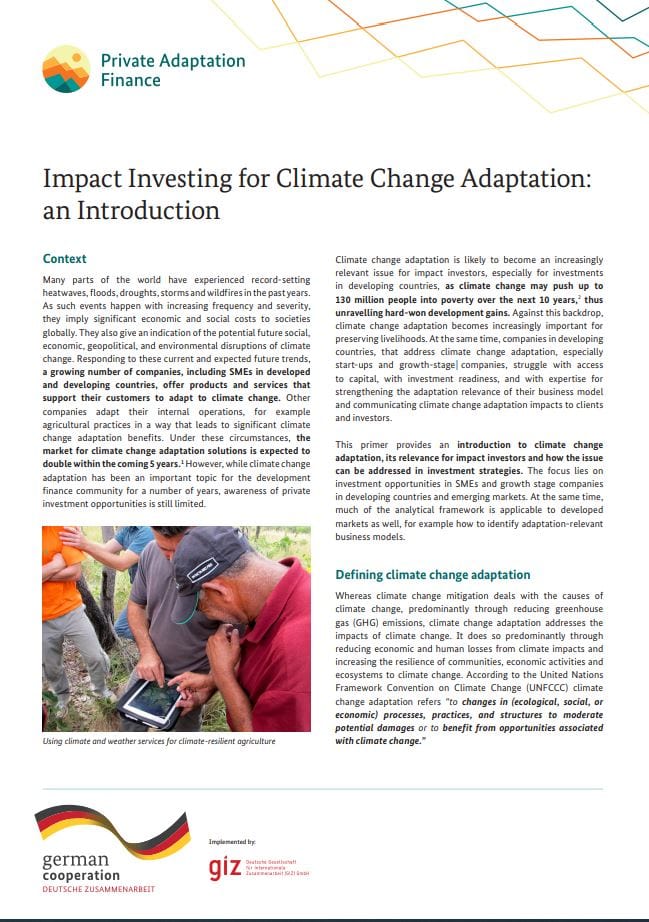
This Briefing provides an introduction to climate change adaptation, its relevance for impact investors and how the issue can be addressed in investment strategies. The focus lies on investment opportunities in SMEs and growth stage companies in developing countries and emerging markets. At the same time, much of the analytical framework is applicable to developed markets as well, for example how to identify adaptation-relevant business models.
Why working with nature pays off: The case for investing in Ecosystem-based Adaptation
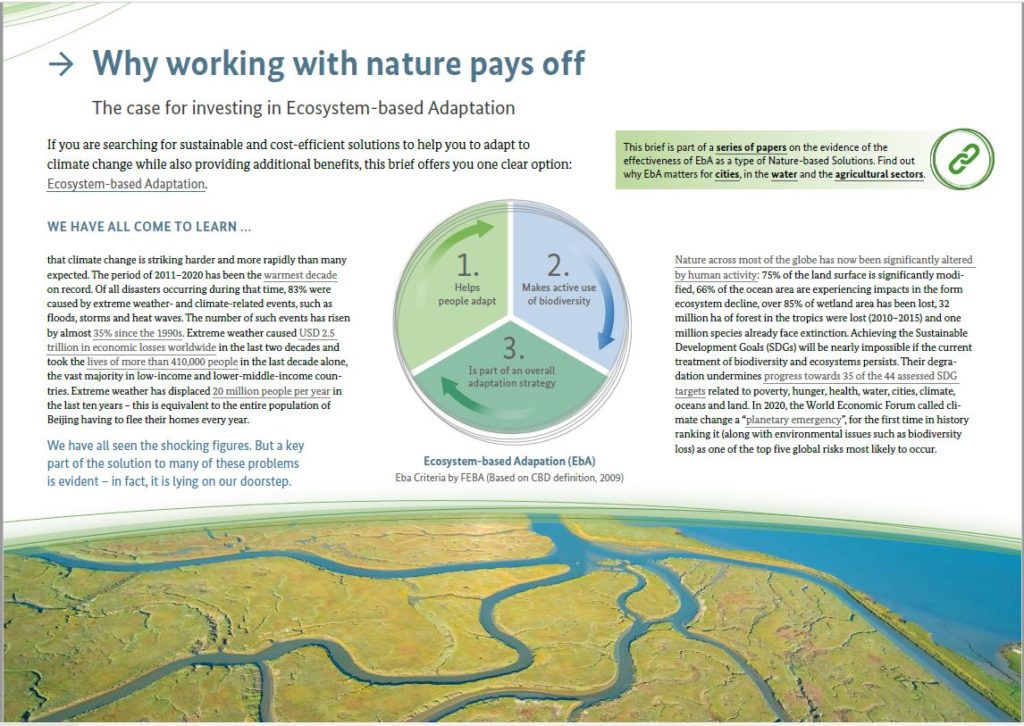
This series of papers compiles arguments, facts and examples on the evidence of the effectiveness of EbA in the form of short, easy to read briefs.
Looking first at why EbA pays off in general, then at EbA in the water sector, in agriculture and in cities, it showcases why EbA offers cost-efficient solutions for adaption to climate change while also providing additional benefits for people and nature.
Each of the four briefs can also be used as a stand-alone document e.g. when discussing adaptation options with planners and decision makers in water management, land use or urban planning.
Peer Learning for Climate Action – Why it works and how funders can support it
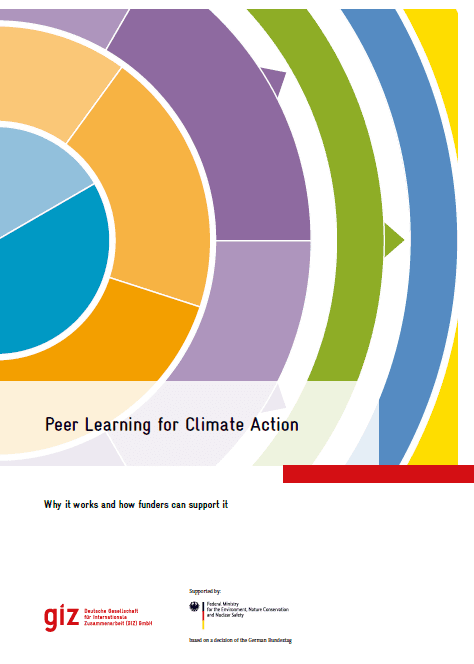
This brief showcases peer learning as an effective approach to developing capacity for responding to the challenges of climate change. It is aimed at practitioners in funding and implementing agencies, particularly those working in policy processes at national levels, but it is relevant for all those interested in strengthening capacity for climate action.
Thematic Paper 6: Delivering Financing for Joint Biodiversity and Climate Solutions
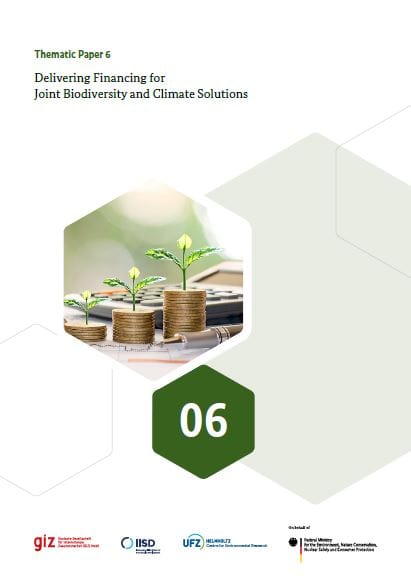
Thematic Paper 6 emphasises the need for more coordinated joint climate and biodiversity funding at the international and national levels and outlines examples of possible sources of finance.
Thematic Paper 5: From National to Local Implementation: A Collaborative, Multi-Level Effort to Achieve Joint Climate and Biodiversity Goals
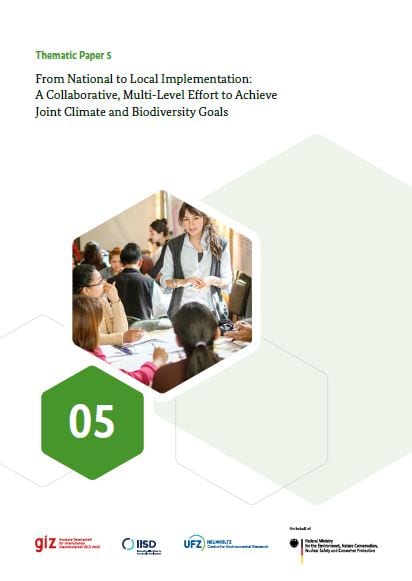
Thematic Paper 5 makes the case for collaborative and inclusive multi-level governance systems to achieve joint climate and biodiversity goals.
Thematic Paper 4: Good Governance for Integrated Climate and Biodiversity Policy-Making
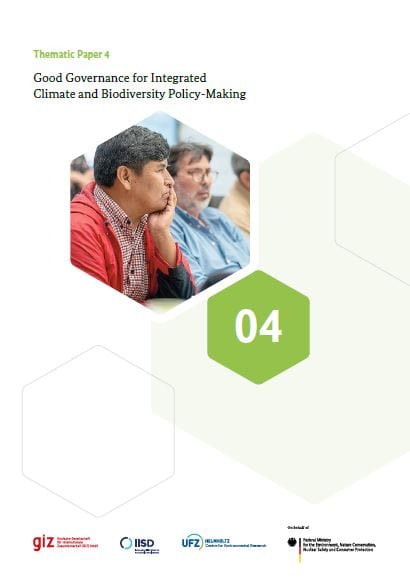
Thematic Paper 4 analyses the role of good governance for integrated climate and biodiversity policy-making.
Thematic Paper 3: Nature-Based Solutions: An Approach for Joint Implementation of Climate and Biodiversity Commitments
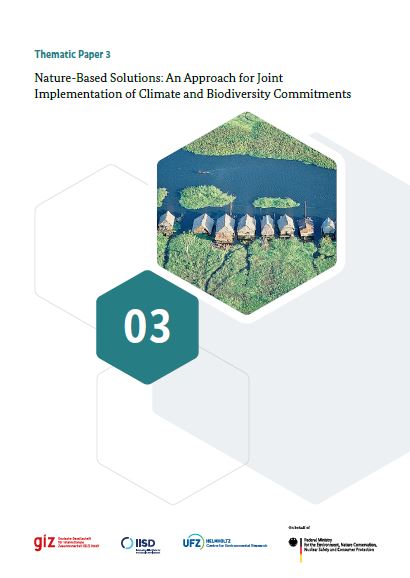
Thematic Paper 3 unpacks the concept of Nature-based Solutions (NbS) as an approach for the joint implementation of climate and biodiversity commitments.
Thematic Paper 2: Linkages Between Biodiversity and Climate Change and the Role of Science-Policy-Practice Interfaces for Ensuring Coherent Policies and Actions
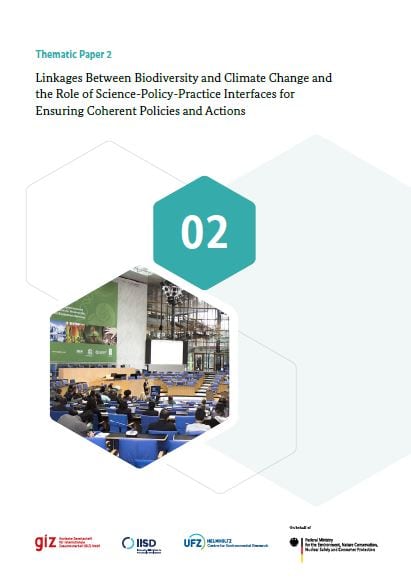
Thematic Paper 2 scrutinises the role of science-policy-practice interfaces for ensuring coherent biodiversity and climate change policies and actions.
Assessment of Climatic Impact Drivers in India
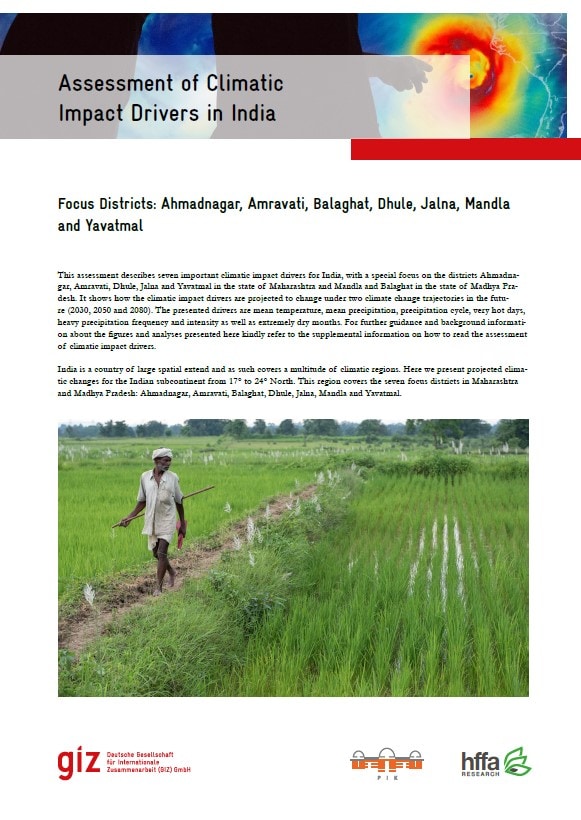
This assessment describes seven important climatic impact drivers for India, with a special focus on the districts Ahmadnagar, Amravati, Dhule, Jalna and Yavatmal in the state of Maharashtra and Mandla and Balaghat in the state of Madhya Pradesh. It shows how the climatic impact drivers are projected to change under two climate change trajectories in the future (2030, 2050 and 2080).
